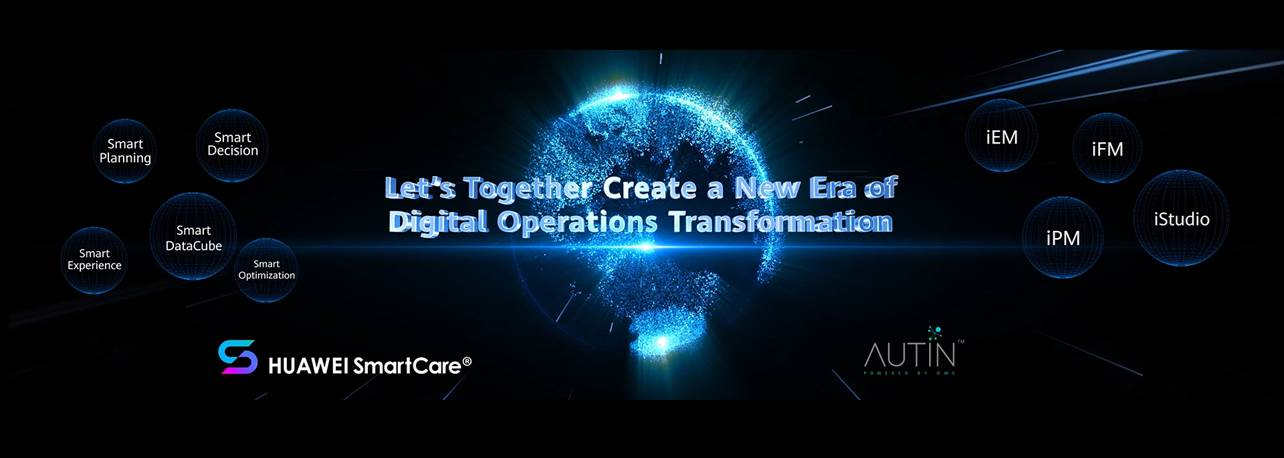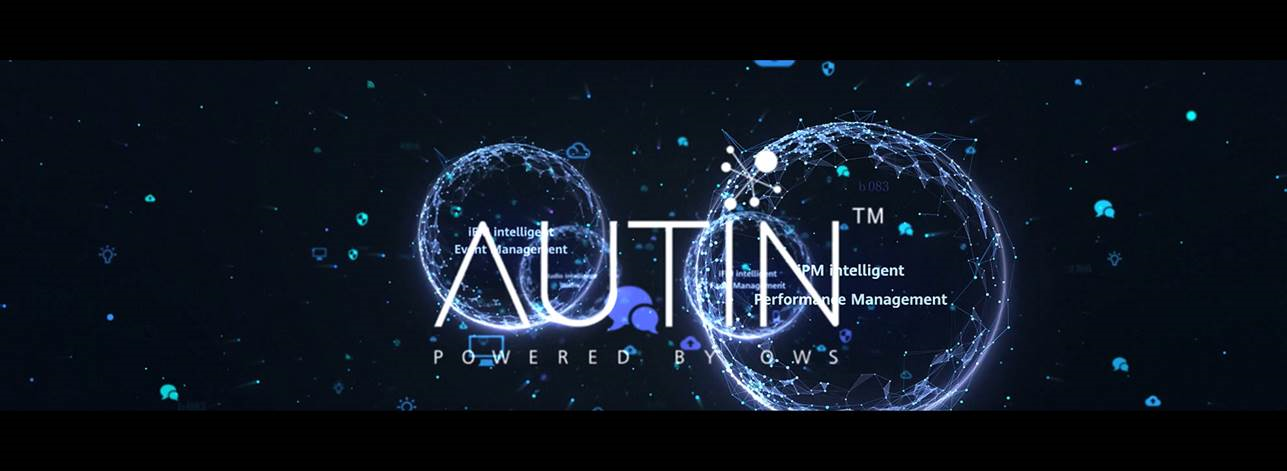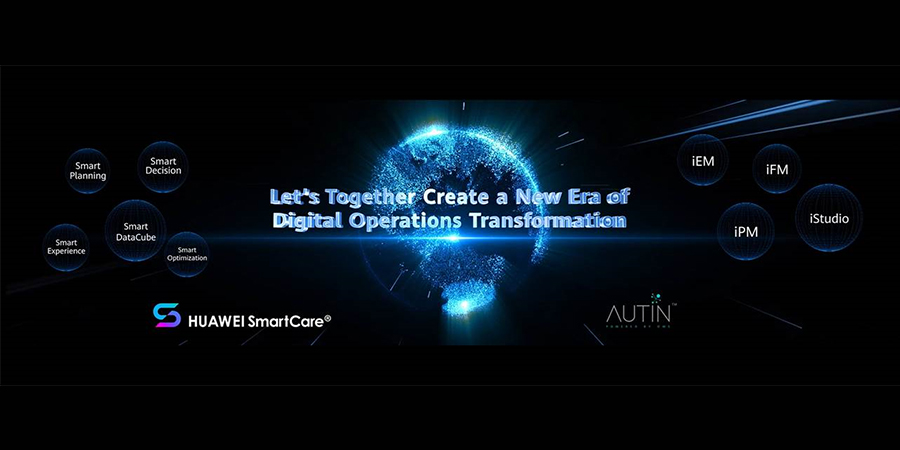On the sidelines of the Mobile World Congress 2022 in Barcelona, Telecom Review participated in an exclusive media roundtable organized by Huawei in the framework of the Operations Transformation Forum (OTF 2022), to highlight Huawei’s release of new products that reflect its investment in software in the aim of promoting digital transformation.
The roundtable featured speakers from Huawei: Jacky Zhou, vice president, marketing and solution; Simon Liang, director, consulting & system integration marketing & solutions; and Bin Feng, director, software marketing & solution.
According to Jacky Zhou, in the last 5 years, Huawei has accumulated a lot of digital practices in terms of the O&M, delivery, marketing and sales, which allowed it to paint a better idea about how to implement digital transformation and create greater business value.
“We believe that digital transformation must be based on practices. So, we identify the challenges faced by our customers and help in overcoming them. Moving into the future, we will continue to update our models used for assessing the maturity of digital and intelligent transformations. We hope to enable our customers to help their customers in return to implement the digital transformations in the B2B segment,” he said.
When asked about the right model for carriers to actually transform their operations, Jacky Zhou said, “This maturity assessment model contains 5 different phases and 5 dimensions. The 5 dimensions included in these models are strategic planning, value measurements, organization of processes, digital platform, and organizations and talents. This model allows our carrier customers to assess where they are, what they want to achieve in the future and how they can achieve their digital transformation goals.”
Then the speakers tackled the impact of operators’ digital transformation in emerging markets where the penetration rate of 4G remains to be lower than 30%, while the penetration rate of home broadband might be lower than 10 %. That is why Huawei believes that it has an important role to play in helping its customers in emerging markets to find their users and to accelerate the process of user migration, from 3G to 4G at the first stage. This provides great opportunities to tap into the digital methods, digital transformation and digital platforms to help customers achieve business success quickly.
In southern and northern Africa, Huawei has deployed data-driven platforms to accelerate the user migration of its customers. “These digital methods have helped us to speed up the user migration journey faster than what a traditional method could ever deliver. That is the tangible benefits the digital transformation has delivered to our customers”, Simon Liang said.
During the OTF 2022, Huawei announced the Smart series of SmartCare and the i series of AUTIN. Those offerings are the result of the digital transformation practices that Huawei has accumulated over the years.
Huawei new SmartCare and AUTIN solutions
“We are trying to make the digital transformation specifically designed to satisfy the goals of value scenarios, business process as well as the needs of users”, said Simon Liang.

To better support the digital transformation of the O&M and operations of telecom operators, Huawei has rolled out the smart series of HUAWEI SmartCare®, which is designed for optimizing experience along the entire journey of a rolled-out network.
For example, the Smart Planning offering is designed to increase the precision of network planning and network construction. Smart Optimization serves to optimize the network and Smart Experience serves the goal of allowing our operators to conduct proactive experience management. Another offering - the Smart Decision is helping operators to conduct precision marketing.
Under the SmartCare family, Huawei has also a new offering called Smart DataCube which is a converged data engine. It's a local platform helping operators to unleash the value of data.

Huawei has also announced rolling out the AUTIN™ i series which includes four different offerings - iFM, iPM, iEM and iStudio. iFM, is used to conduct fault management; iPM is used to manage performance; iEM, is a new offering used for event management and is meant to be service-impact-oriented; and last but not the least, there’s the iStudio offerings under AUTIN™, which is a local platform designed to facilitate the transformation of talents.

New software offerings
Huawei also released two new software offerings - the cloud-converged billing platform and the new customer engagement center. The former is a cloud-native, convergent and agile offering, which is increasing the reliability from the previous 5 “nine” (99.999%) to the 6 “9” (99.9999%) today. It can also reduce the TCO for carriers by 30 %.
Moreover, this offering allows agile service provisioning whereby the time to market of a new software release is shortened from the previous 3 months to 7 days now.
On the other hand, the customer engagement center is a solution that packs intelligence and video capabilities. It comes with the all-channel video capability which allows to move the offline channel face to face access online. One great example will be the troubleshooting of home broadband. Demarcating a fault on the home broadband over a voice call can be challenging, but now with the video service, it can be done seamlessly.
Operators will also benefit from the intelligence capabilities. Intelligence capabilities can reduce the average cost per call by 30% and thanks to the intelligence that can improve fault mitigation percentage by 20 %.
“We hope that the 2 new offerings can enable the transformation of operators and bring better experience to their users,” Huawei speakers concluded.











